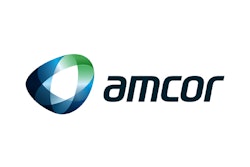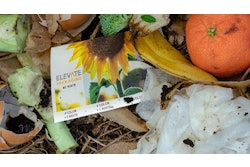
The Amcor flexible film was printed and converted by Amcor. The prototype KitKat wrapper demonstrates the opportunity to close the loop on recycling flexible packaging. The new wrapper was developed using Amcor’s expertise in incorporating recycled content into its packaging. The company also has a strong track record of innovation to deliver more recyclable solutions for its customers.
Partnering together, Amcor, Nestlé, CurbCycle, iQ Renew, Licella, Viva Energy Australia, LyondellBasell, REDcycle, and Taghleef Industries all leveraged their individual expertise in collecting and processing the flexible film waste to create the prototype wrapper, which is made with 30% recycled polypropylene.
 | Watch a Take Five video on brands replacing fossil-based plastics with bio-plastics. |
“This is an exciting time for Amcor, and our participation in this project is fully aligned with our commitment to ensure all our packaging is designed to be recyclable or reusable by 2025,” says Simon Roy, Vice President & General Manager Amcor Flexibles Australia & New Zealand. “As a global leader in consumer packaging, we were proud to contribute our expertise in designing a structure that meets consumer needs and has a responsible end of life where it can be reprocessed and reused in food-grade packaging.”
























